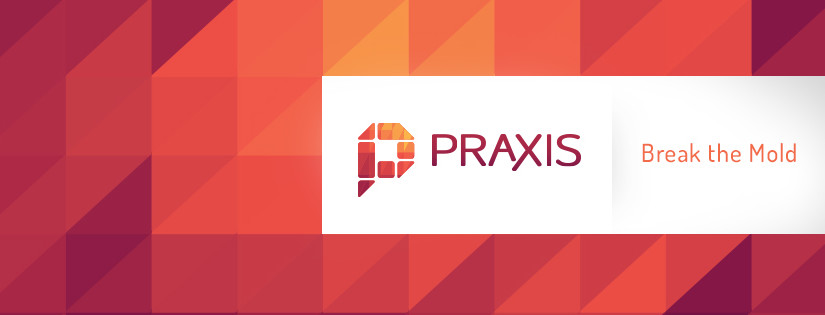You hear a lot of complaints about student debt, and how maddening it is to be $40,000 in the hole at age 23 and still not have a job that requires a degree. The case for the unfairness of student loan debt is that these kids didn’t know better. It’s kind of a pathetic excuse, but it’s often true.
12 years in an education system where you are constantly pummeled with the promises of higher education and the perils of any deviation will make you overvalue a degree. You’ll never be warned about the cost, or how debt can limit your options. You’ll only be told about the magic $1 million in lifetime earnings that is supposed to find you as soon as you find your major and graduate. It’s a system. Obey it, and the statistics will magically bring you what they bring the average of the past aggregate, as long as your behavior correlates with theirs.
Starry eyed teens get grants, aid, scholarships, loans, and complete a bunch of paperwork with their parents to just get in to the best possible college they can based on rankings they’ve never really studied. They get endless praise upon graduation and more upon heading off to college. Finally, they’ve made it! The rest of life will simply unfold successfully as if on autopilot. What’s the worst that could happen now? You’re getting a degree, so you’re set! You’re on the right side of the data!
Young people get good enough grades, do some extracurriculars, and get the degree. Once more they are celebrated. Then, for perhaps the first time in 20 years, they leave the confines of a controlled environment shielded from the world of value creation and exchange. No one is overly impressed with their ability to fit into the system. People want to know what they bring to the table. Can they crunch meaningful numbers without being assigned? Can they sell? Can they code? Can they digest the complexities of markets and customers and make judgments on the fly about how to preempt problems? Not really. Those things take experience and context wholly lacking in most educational institutions.
So they struggle. They don’t like what they do, or they can’t find work much better than what they could have gotten right out of high school. It’s OK though, they have time to learn from the real world right? Except they’ve got college debt to pay in addition to living expenses. That awesome company they were going to volunteer for in order to gain skills? Not so easy with the need to earn enough to make loan payments.
Grads are in a bind and they feel kind of ripped off. They feel betrayed. They feel lied to. Where is that high school guidance counselor who pushed them to college? Will she pay the bills? Where are the parents who were so proud? Will they want their kid to move back home? It can be pretty rough.
So yes, it’s unfair. But the worst possible way to respond and improve things is to say it’s unfair over and over. Say it once, get it our of your system, move on. The fairness doesn’t matter. Sometimes you’ll act on bad information. Sometimes you’ll have regrets. Sometimes other people’s plans for you aren’t best and you’ll suffer for following them. So what? Talking about how sad or unfair it is does nothing for you but reduce the chances that you’ll actually make things better.
Yeah, you were led to believe this degree would pay for itself immediately and without difficulty. Yeah, because you were handicapped by the system you were incapable of realizing for yourself what the decision to go into debt might mean and how it could play out. That’s the past. What will you do today?
The good news is, it’s not that big of a deal unless you let it be. Laugh at it, roll up your sleeves, and reboot your expectations about the world while building every day. Devise a payoff plan and a life improvement plan. Lots of people have done it, so can you. The past is past, you are where you are, and no amount of bitterness, protest, or hoping for some political savior to bail you out will do you good. In fact, it might destroy you.
Oh, and if you have kids of your own someday, let them experience enough of the world outside the walls of schools so that they know better than to blindly follow the advice of authorities seeking to do them good.

